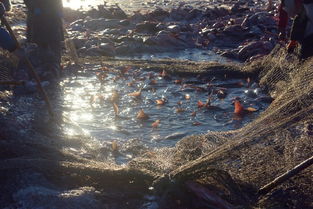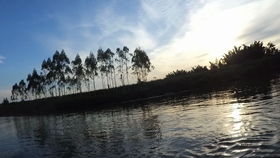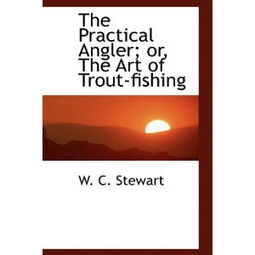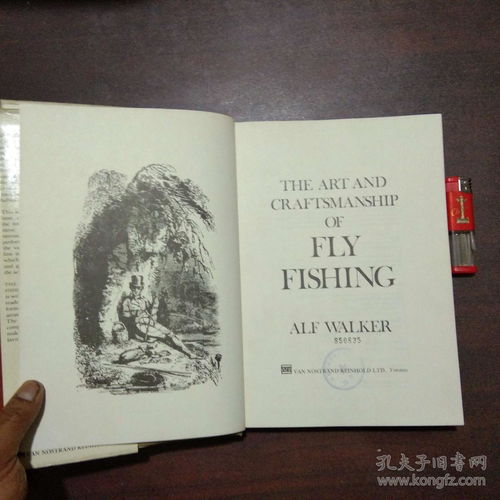Introduction
Ice fishing, an enduring tradition in many cold-weather regions, offers anglers a unique way to enjoy the tranquility of frozen lakes and ponds. One of the most crucial skills for a successful ice fishing adventure is the art of hole cutting. This article delves into the various techniques and methods for creating perfect holes in the ice, ensuring a fruitful and enjoyable fishing experience.
Understanding Ice Conditions
Before diving into the techniques, it's essential to understand the ice conditions. Ice thickness varies depending on the season, weather, and body of water. Generally, a safe ice thickness for walking is around 4 inches, but for drilling holes, you'll need at least 6 inches of solid ice. Always use an ice chisel or spud to test the ice thickness before venturing out.
Choosing the Right Equipment
The right equipment can make all the difference in hole cutting. Here are some essential tools:
Ice Auger: This is a power tool that drills through the ice with ease. Electric and gas-powered augers are available, with electric models being more popular due to their ease of use and lack of fumes.
Manual Auger: For those who prefer a quieter, more eco-friendly option, a manual auger is a great choice. It requires physical effort but is very effective.
Ice Chisel: A chisel is useful for testing ice thickness and for cleaning out the hole after drilling.
Bait or lure: Depending on the species you're targeting, you'll need the appropriate bait or lure.
Rod and reel: A sturdy ice fishing rod and reel are essential for reeling in your catch.
Techniques for Hole Cutting
Drilling Straight Lines: Start by marking the spot where you want to drill your hole. Hold the auger steady and drill straight down into the ice. For the best results, maintain a consistent pressure and speed.
Drilling Curved Lines: For fishing along the edges of a lake or pond, curved holes can be more effective. To do this, start at the marked spot and angle the auger slightly as you drill, creating a curved hole.

Drilling Multiple Holes: If you're fishing in a new area, it's a good idea to drill multiple holes to find the best spots. Start with one hole and gradually move to others, keeping the distance between holes reasonable to avoid overcrowding.
Cleaning the Hole: Once the hole is drilled, use the ice chisel to clear away any remaining ice shavings and snow. This will allow light to enter the water, attracting fish.
Drilling Multiple Depths: Drilling holes at different depths can increase your chances of catching fish. Some fish may be deeper during colder weather, while others might be more active near the surface.
Safety Precautions
Always fish with a partner: This is a safety measure to ensure you have someone to help in case of an emergency.
Check the weather forecast: Before heading out, check the weather forecast to avoid icy conditions or extreme cold.
Wear appropriate clothing: Dress in layers to stay warm and wear a life jacket, even if you're not planning to go in the water.
Avoid alcohol: Alcohol can impair judgment and increase the risk of hypothermia.
Conclusion
Ice fishing is a rewarding pastime that requires patience, skill, and the right techniques. Mastering the art of hole cutting is a fundamental skill that can significantly enhance your ice fishing experience. By understanding ice conditions, choosing the right equipment, and following the proper techniques, you'll be well on your way to a successful and enjoyable ice fishing adventure. Remember to always prioritize safety and respect the natural environment. Happy fishing!












